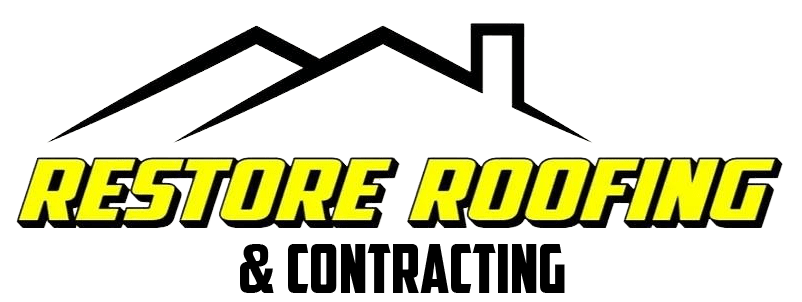
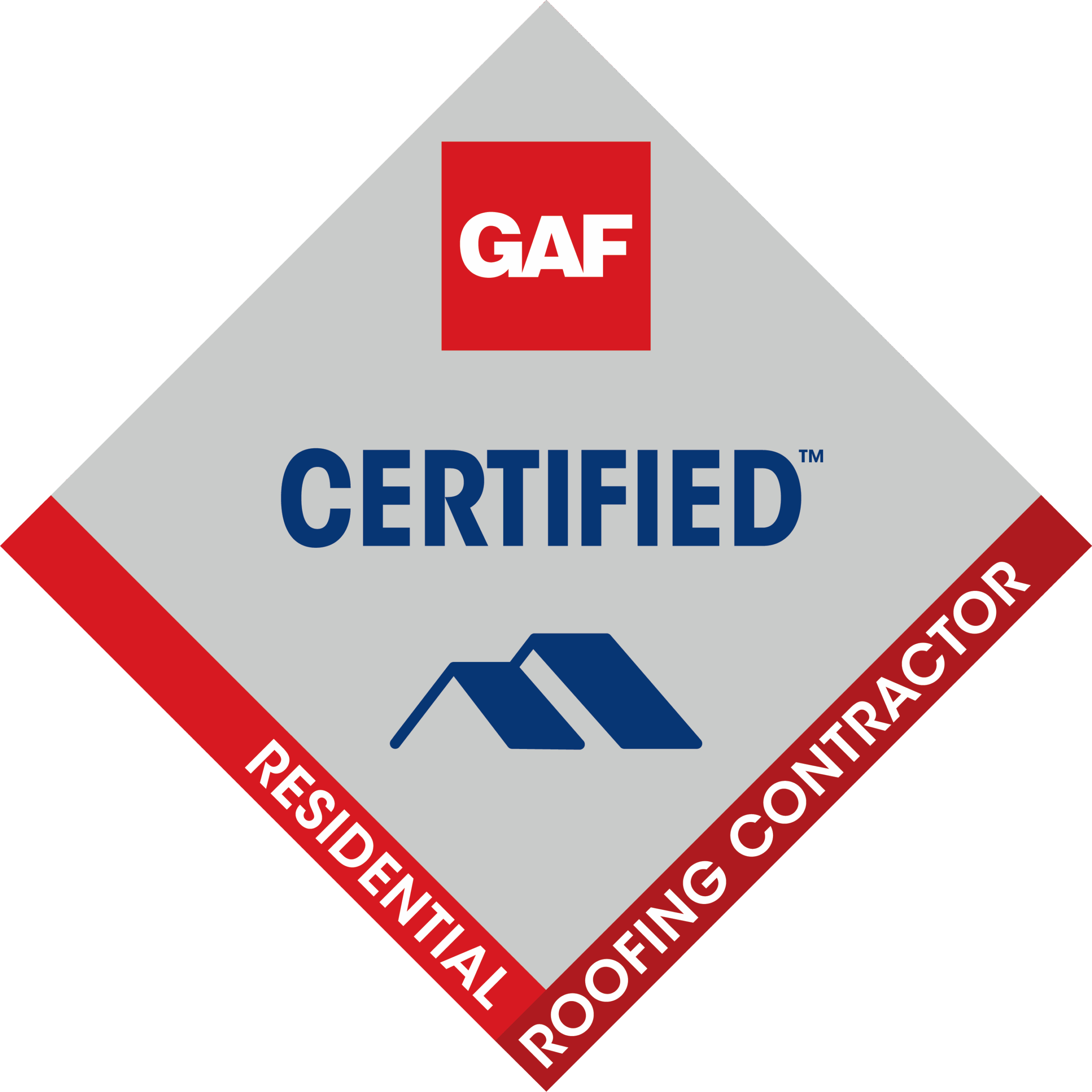

Skylight Installation, Natural light can completely transform the feel of your home, and skylights are an excellent way to achieve just that while boosting energy efficiency. Whether you’re adding a brand-new skylight or replacing an old one, the process involves some key decisions. From choosing between fixed, ventilated, or tubular styles to weighing the benefits of modern energy-efficient models, there’s no one-size-fits-all solution. Skylight Installation on an existing roof or during a roof replacement can affect timing and costs, but both options are feasible with the right approach. This guide will help you make the best choice for your home and enjoy all the benefits skylights bring.
When upgrading or Skylight Installation, choosing the right type can make all the difference. Every home is unique, and skylights aren’t one-size-fits-all. The right option depends on what you’re looking to achieve—whether it’s brighter spaces, enhanced ventilation, or functional lighting in hard-to-reach areas.
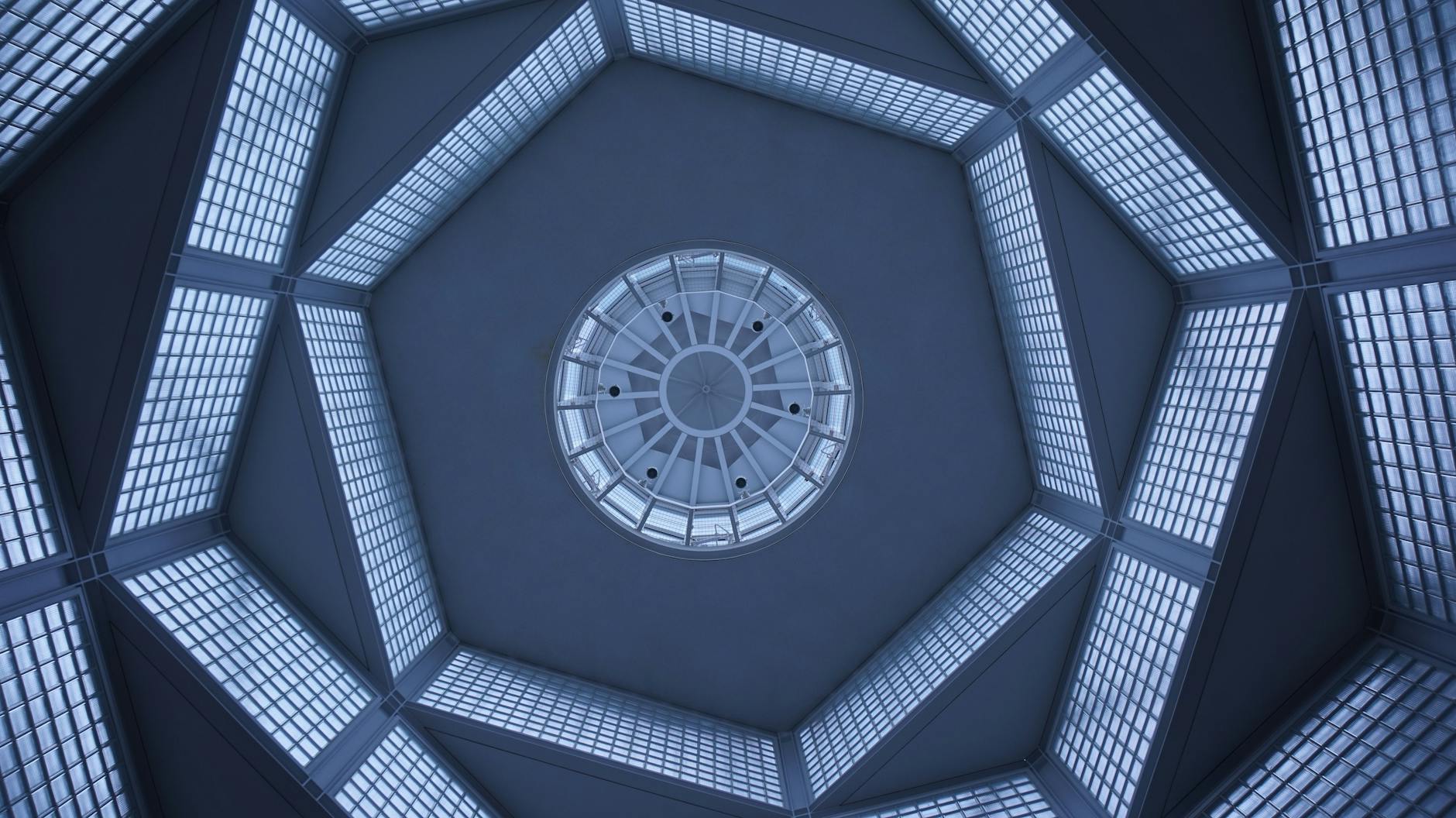
Futuristic glass ceiling architecture with geometric patterns viewed from below, emphasizing symmetry and perspective.
Photo by Pixabay
Fixed skylights are straightforward, non-opening skylights that offer clean, uninterrupted natural light. They’re perfect for spaces where ventilation isn’t needed, like living rooms, hallways, or even bedrooms. With no movable parts, these skylights are designed for durability and are less prone to leaks.
Why Choose Fixed Skylights?
Fixed skylights work best in areas where the main goal is natural light and a clear view of the sky. With their simple and timeless design, they offer elegance without unnecessary frills.
Vented skylights are an excellent dual-purpose option, providing both daylight and fresh air circulation. They can open—either manually, via a remote, or even through automatic sensors—to help regulate indoor air quality and reduce moisture buildup.
Key Benefits of Vented Skylights:
They’re especially beneficial in rooms prone to dampness or odors, such as bathrooms or kitchens. Some models even come with rain sensors that automatically close when bad weather strikes, making life a little easier.
Tubular skylights, also called sun tunnels, are compact options designed for tight spaces or areas where traditional skylights aren’t an option. These consist of a reflective tube connecting the roof to a diffusing lens in the ceiling, channeling natural light into smaller or enclosed areas.
What Makes Tubular Skylights Unique?
Though small in size, tubular skylights pack a big punch, delivering light to spaces that would otherwise remain dim. They’re a practical and affordable solution for illuminating tricky areas in your home.
Choosing the right type of skylight can enhance your living space in ways you may not have considered. Depending on your needs and the type of room, there’s a skylight solution that fits your goals perfectly.
Replacing skylights isn’t as simple as swapping out one for another. There are key factors you need to keep in mind to ensure the replacement is seamless, energy-efficient, and long-lasting. Whether you’re facing structural adjustments, aiming for better energy savings, or comparing costs, proper planning can save time and money in the long run. Let’s break down what you should consider.
Getting the right size for your replacement skylight is critical. A poorly fitting skylight won’t just look off—it can also lead to leaks, drafts, and wasted energy.
Measure your existing skylight and match these dimensions with replacement models. Consider these points:
If you have an older skylight that doesn’t align with modern standard sizes, you might need to modify the roof opening. Always verify the roof’s structural support before making changes. Custom skylights are also an option if your opening size is irregular, though they can increase the cost.
Skylights can impact your home’s energy efficiency, either positively or negatively, depending on your choice of glass and coatings. Think about how seasonal temperatures or natural light affect your space and select accordingly.
Here are the most popular types of glass and their benefits:
Some skylights include options like double or triple glazing, which trap air between layers of glass. This improves insulation and minimizes heat loss during cold months. Additionally, consider ENERGY STAR® certified skylights, as these meet or exceed energy-efficient guidelines.
Balancing cost and warranty is crucial for a successful skylight replacement. While budget-friendly options can seem enticing, they may not come with the same reliability as models backed by strong warranties.
Here’s what to compare:
Keep in mind that replacing your skylights during a roof replacement may save money in the long term. Not only does this avoid redundant roofing work, but it also ensures all components finish with synchronized warranties.

Worm’s eye view of a futuristic geometric skylight showcasing modern architecture.
Photo by Pixabay
Choosing a high-quality skylight with strong energy efficiency and a robust warranty is an investment in your home’s comfort and value—one that’s well worth doing right.
Incorporating skylights into a new construction or renovation can add natural light, improve energy efficiency, and even elevate your home’s ambiance. However, proper planning is essential to get the most out of your investment. From deciding where to place the skylights to ensuring structural compatibility, it’s all about balancing functionality with style. Here’s what you need to know about placing skylights in your new build or remodel.
Where you place your skylights will have a significant impact on how well they perform. Proper placement affects lighting, heating, and cooling and ensures you avoid common pitfalls like glare or excessive heat gain.
Taking time to assess your roof orientation and the way sunlight travels through your home will help you capture just the right balance of brightness and comfort.
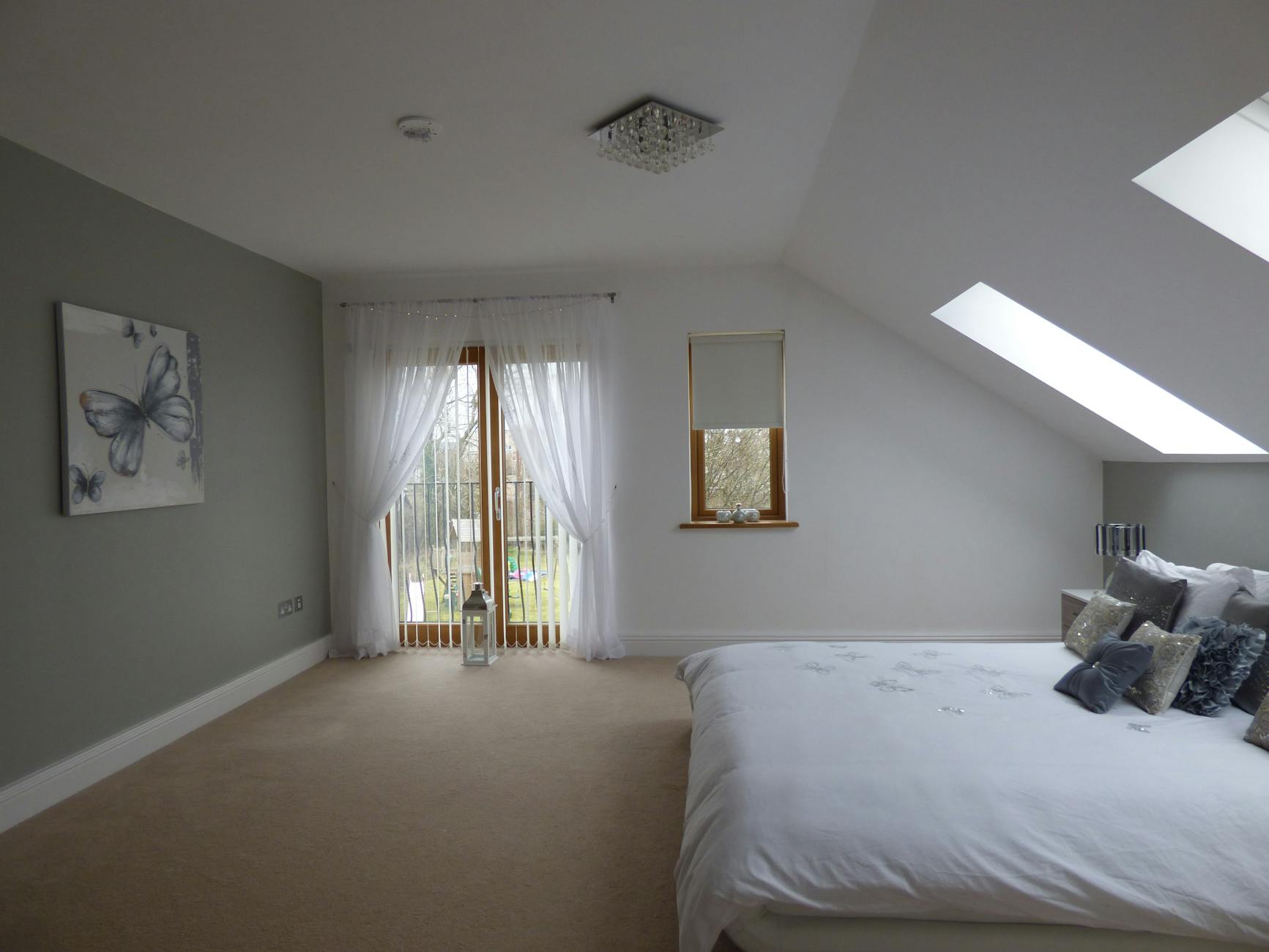
Explore a spacious modern bedroom with skylights, soft decor, and natural lighting.
Photo by Pixabay
Your roof’s structure has a direct influence on Skylight Installation. Whether you’re building from scratch or undertaking major remodeling, it’s important to ensure that your roof can support the design and placement of your chosen skylights.
New builds offer the advantage of customizing the roof for skylights from the start, while remodels may require more adaptation. Either way, consulting with a contractor early on is key to avoiding costly repairs or design limitations.
Should you hire a professional or attempt to install skylights yourself? While the DIY approach saves on immediate costs, the risks of improper installation often outweigh potential savings.
Ultimately, the decision comes down to your confidence in handling tools and your willingness to take the risk. If you’re even slightly unsure, it’s better to hire a certified installer to ensure a secure and long-lasting result.
Incorporating energy-efficient and smart features in your skylight choice can significantly enhance your home’s comfort, reduce energy bills, and even extend the lifespan of your investment. Modern advancements in skylight technology, such as the introduction of specially coated glass and integrated automation systems, have revolutionized the way skylights perform. Here’s how these features create more energy-efficient and functional living spaces.
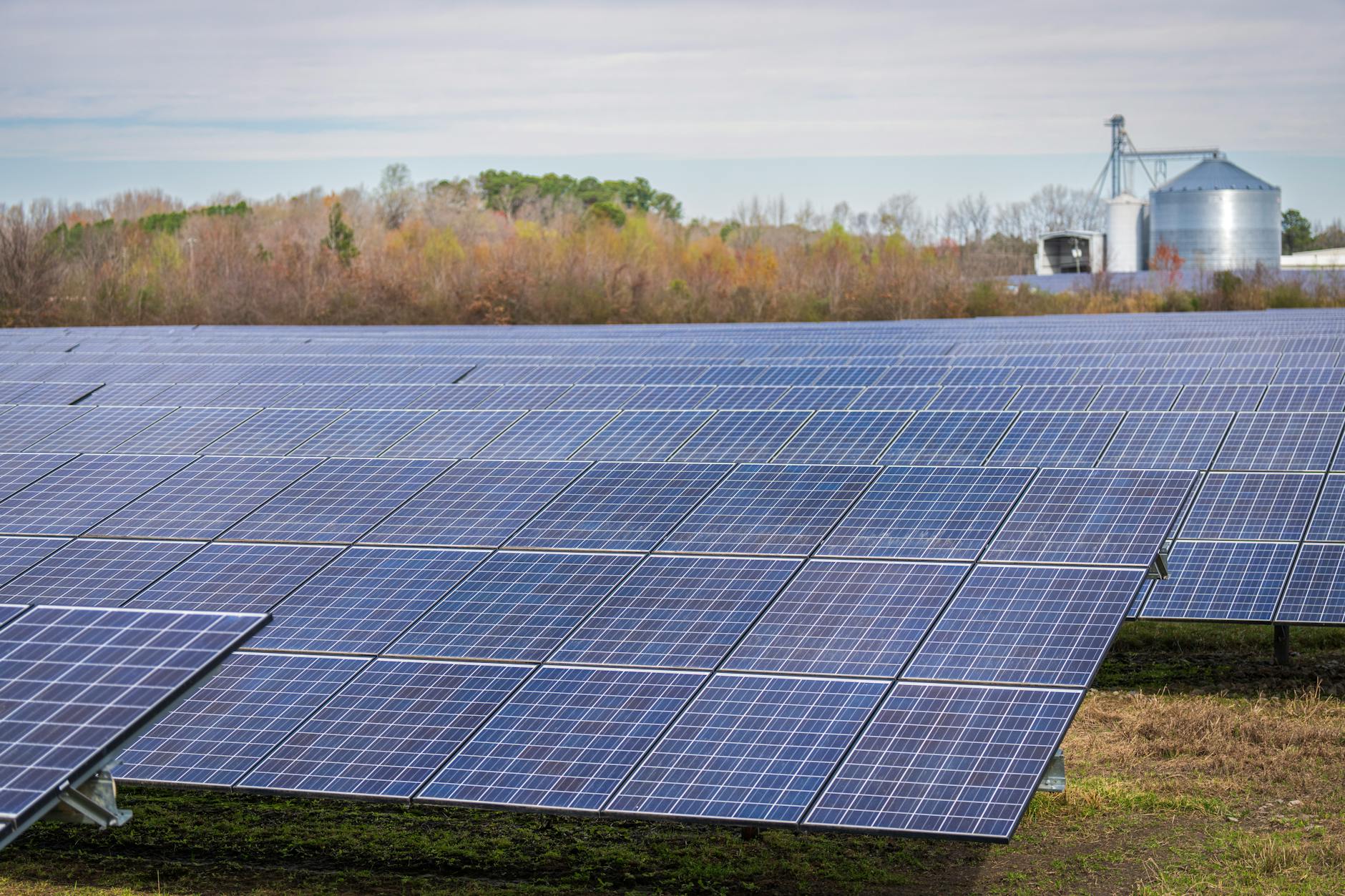
A large field of solar panels capturing renewable energy under a clear sky.
Photo by Mark Stebnicki
The choice of glass plays a significant role in how energy-efficient your skylight is, and advancements like LoE3-366® glass have set a new benchmark. This innovative glass incorporates a virtually invisible coating that combines three layers of silver to reflect heat back into the atmosphere while letting natural light in. It’s like wearing a pair of high-quality sunglasses for your home—UV rays and excessive solar heat are blocked, without compromising your view or the brightness of your space.
Benefits of LoE3-366® Glass:
In addition to LoE3-366® glass, other glass technologies, such as double or triple glazing and argon gas fill, work to further enhance insulating properties. With these innovations, skylights are no longer just windows on your roof; they’ve become robust energy-saving tools for any home.
Technology has entered every corner of our homes, and skylights are no exception. Smart skylights integrate seamlessly into modern smart-home systems, allowing you to control them with the tap of a button or even a voice command. These skylights combine luxury and practicality by including features like automated rain sensors, scheduling capabilities, and compatibility with smartphone apps.
What Makes Smart Skylights Special?
For example, the VELUX Active system pairs skylights with smart sensors and weather forecasting to make real-time adjustments. When the indoor temperature rises, it can open the skylight to release warm air, acting as a natural air conditioner. This not only improves energy efficiency but also boosts indoor air quality—essential for creating a healthy living environment.
With these intelligent features, skylights are no longer a passive part of your home—they actively enhance your daily living. Whether you’re enjoying a cooler breeze on a summer evening or ensuring freshness in your kitchen after cooking, smart skylights make it effortless.
Skylights have the power to transform your home by adding natural light, improving energy efficiency, and enhancing ventilation. Picking the right type for your needs—whether fixed, vented, or tubular—not only boosts functionality but also complements your space. Features like energy-efficient glass and smart automation unlock even greater comfort and savings.
Partnering with a professional installer ensures seamless Skylight Installation and long-term durability, saving you the hassle of potential issues down the line. With thoughtful planning and the right choices, skylights can be an investment that enhances both your home’s aesthetics and your daily life.
Ready to elevate your space? Consult with an expert today and take the next step toward creating brighter, healthier living environments.